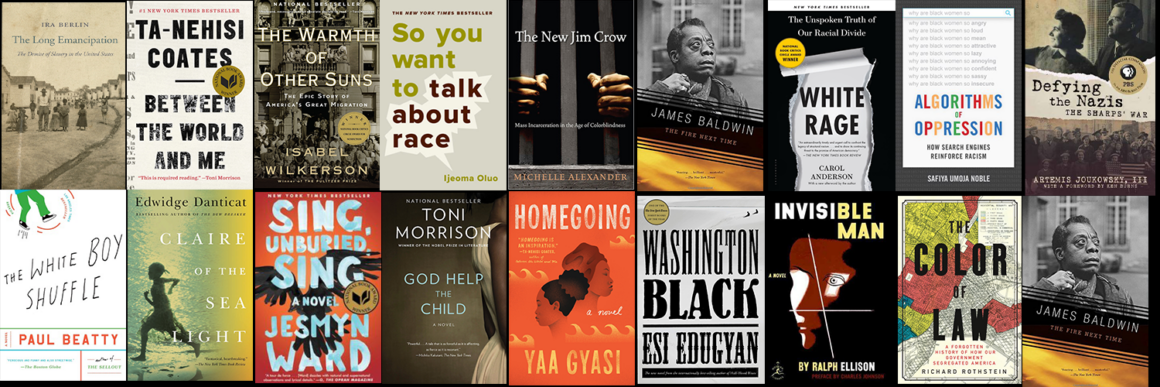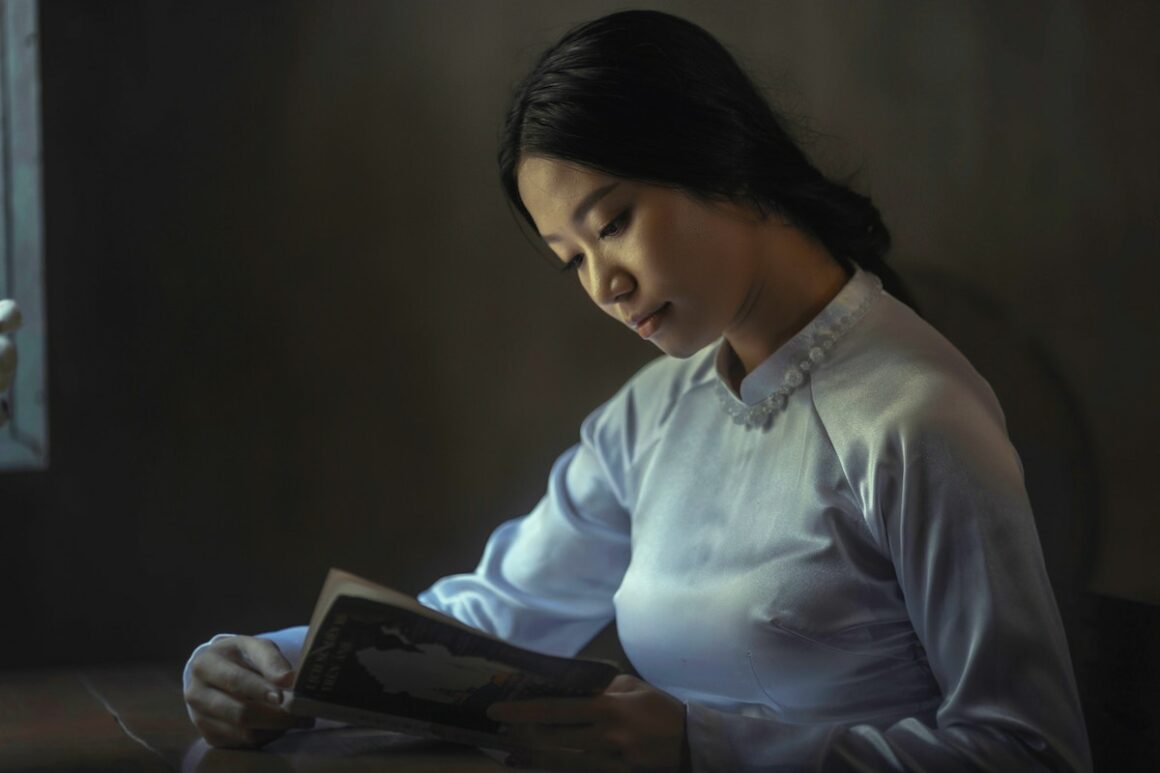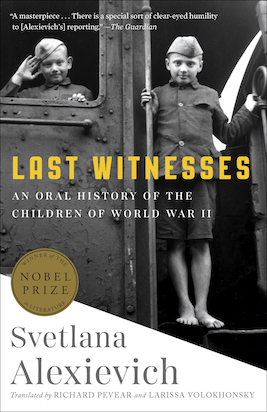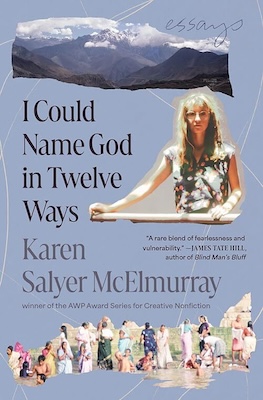Youssef wakes up and heads to the bathroom for his morning toilet, a ritual he’s performed thousands of times. He’s an old man, in his seventies, the patriarch of his family. He woke up at 6:30 a.m. not because of an alarm clock but at his bladder’s bidding. He has lived in this house since his family moved into it when he was a child; the house and its garden are all he has left. He lives here in the family home with Maha (a medical student in her twenties) and her husband Luay.

The date is October 31, 2010, the seventh anniversary of the death of Hinna, Youssef’s beloved sister, who died in her sleep in this house. Later today, Youssef will mark Hinna’s passing with a Eucharist — a Last Supper — at Umm al-Taq, the Church of Our Lady of Deliverance.
As a child, Hinna had dreamed of becoming a nun, but when she was only fifteen years old, her mother died, and Hinna, the eldest of nine children, stepped up to replace her. She had done that well — cooking, looking after her eight siblings, and working as a seamstress to bring in money.
Youssef, Hinna, and their siblings lived through two wars: the First Gulf War (Desert Storm, January 1991 – March 1991) and the Second Gulf War (Operation Iraqi Freedom, March 2003 – April 2009). Many of Youssef’s family fled Baghdad and Iraq to Lebanon, Sweden, Canada, the United States, and New Zealand. Some left to live with in-laws, some to get an education, and all to start a new life in a safer place.
In The Baghdad Eucharist, Youssef prepares himself for the solemn occasion of the Eucharist by taking readers through his home — or his museum, as he sometimes thinks of it — and telling stories about the photographs lining its walls: of his parents, his siblings and their families, of family celebrations marking baptisms, birthdays, and weddings that brought the family together again if only for a few hours. We learn, for example, that Maha and her mother came to live with Youssef after escaping from a basement “bunker” during the First Gulf War. Only a child then, Maha was terrified by the explosions overhead; Youssef and his home gave her comfort. Maha is now an outspoken critic of the scoundrels in the government who have made Iraqi’s lives miserable, especially Christians like herself.
Youssef’s tour of his home becomes a journey through his life, from a young boy in a large family to a career in the Iraqi Date Palm Authority, where he worked for more than half his life. The date palm is at the heart of Middle Eastern cultures as a source of food, wood, fiber, and shade. Because the tree is the dominant species in oases, it also is a marker for sources of fresh water. Youssef was very good at his job, but he was not a hands-on caretaker of the trees. Indeed, he even hired men to tend the date palm trees in his own garden.
The Baghdad Eucharist has five chapters: Chapters 1 and 3, both titled “Living in The Past,” are narrated by Youssef; Chapter 2, “Family Photographs,” is narrated by an omniscient observer who in each section of the chapter tells a story about a different photograph on the walls of Youssef’s home; Chapter 4, “Mater Dolorosa” (Our Mother of Sorrow), is narrated by Maha; and Chapter 5, “The Eucharist,” is told by the omniscient narrator.
I am grateful to a colleague who recommended this lovely book to me. It has been in my mind since I first read it and will stay with me for the rest of my life. It humanized the men, women, and children in one neighborhood of Baghdad, especially the person and life of a man named Youssef, who took care of his family and the tree at the center of his nation’s life.
Sinan Antoon received a B.A. in English & Arabic and Translation, University of Baghdad, 1990; an M.A.A.S. in Contemporary Arab Studies, Georgetown University, 1995; and a Ph.D. in Arabic and Islamic Studies, Harvard University, 2006. A renowned Iraqi poet and novelist, he is an associate professor in New York University’s Gallatin School of Individualized Study.





